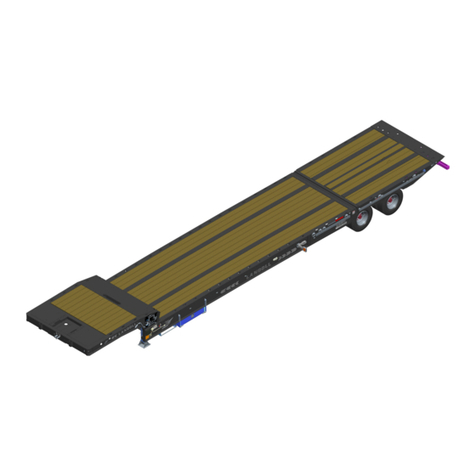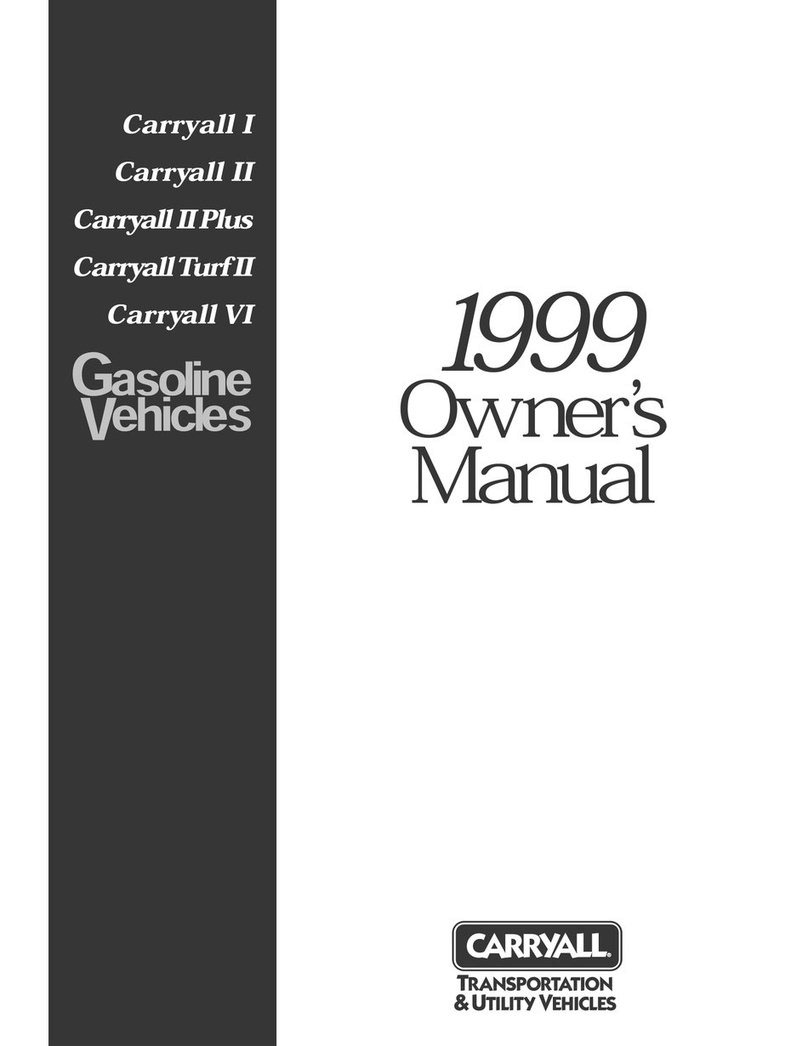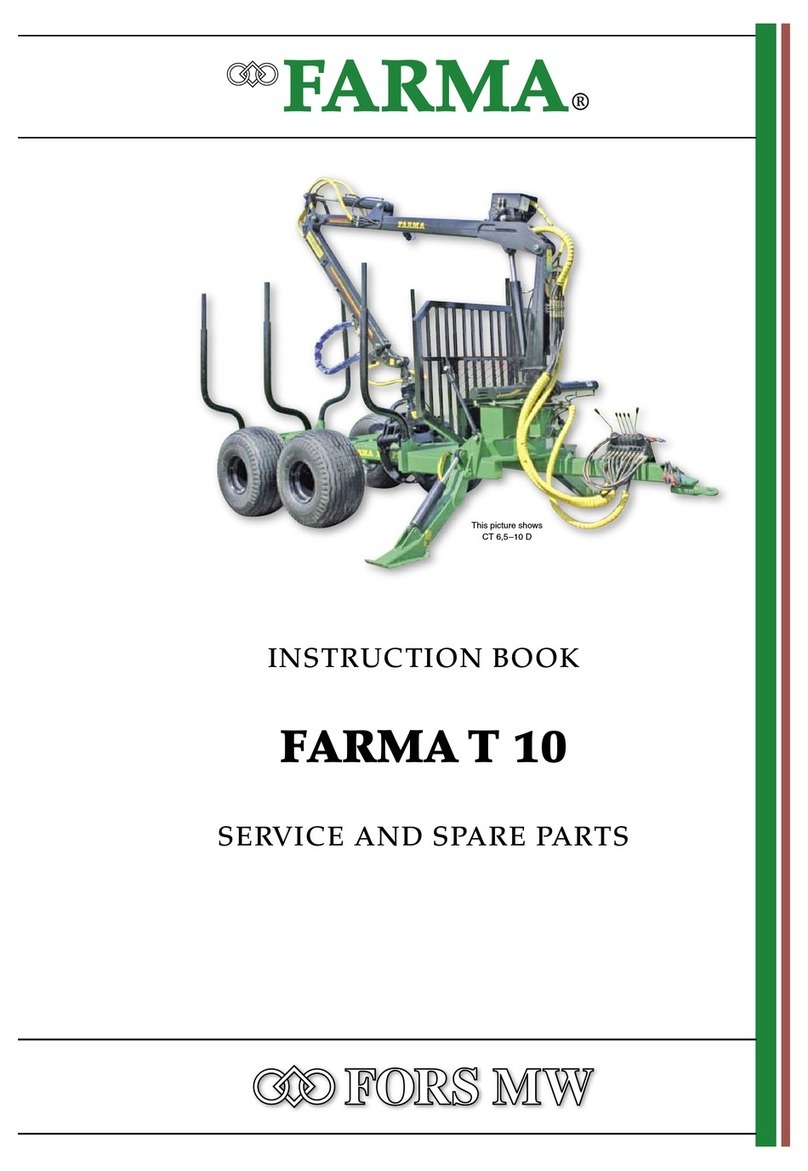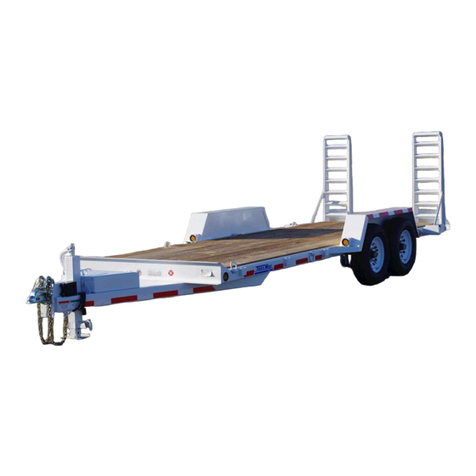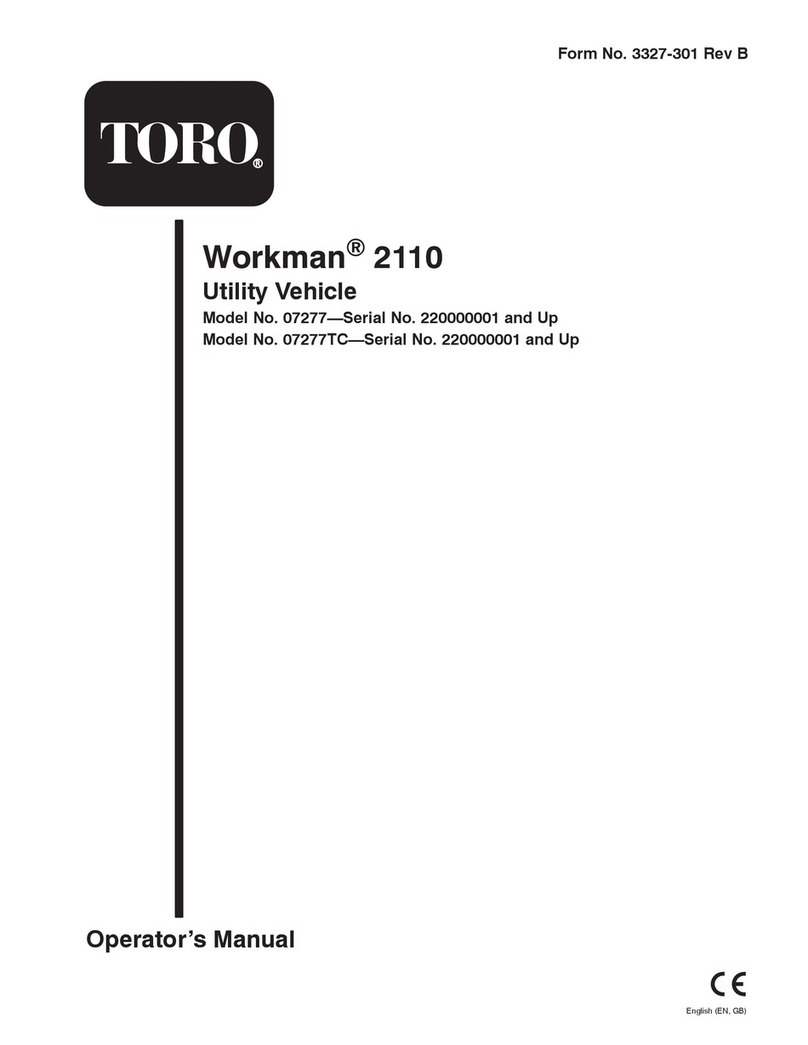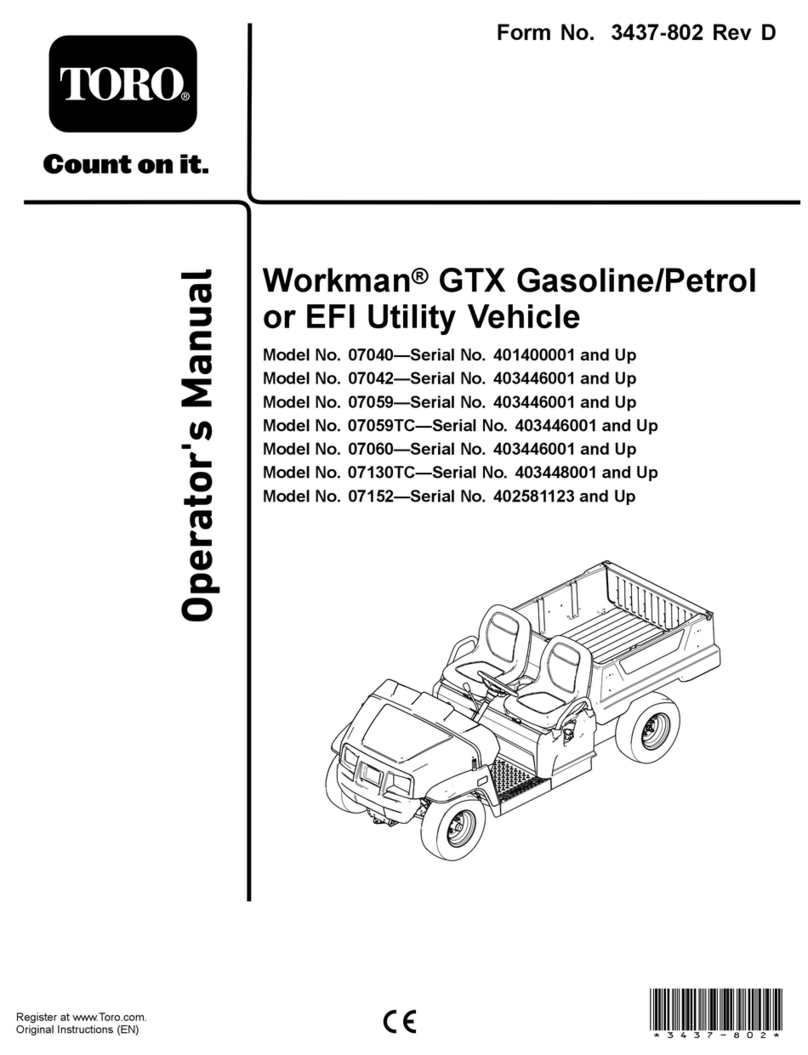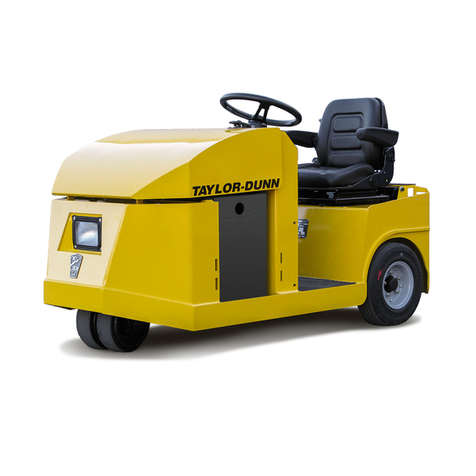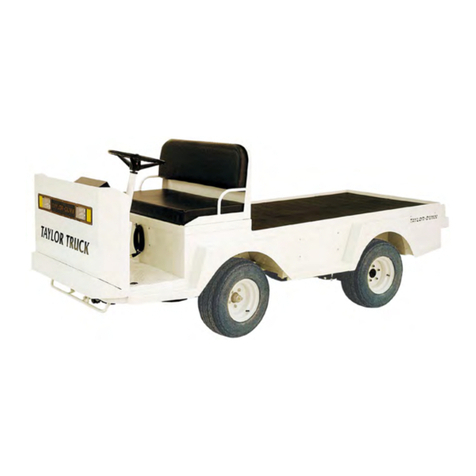
4
Safety
Product Manual - Liquid Hydrogen Trailer Series
Warning! Due to the flammable
properties and the risk of
asphyxiation, LH2 must never
be stored in confined areas
or areas unsuitable for LH2
storage. Always exercise
caution when storing LH2
containers or parking LH2
vehicles.
Remove Excess Pressure and Liquid
This equipment is a pressurized system. LH2 will boil and
build up pressure in the system. Isolate the affected section
and empty the section of liquid before removing parts or
loosening fittings. Always remove parts and fittings in a safe
manner. Working on a pressurized section in an unsafe or
careless manner can cause serious injuries, or even death.
External valves and fittings can become extremely cold and
can cause painful burns to personnel who are not adequately
protected. Always empty LH2 and remove pressure from the
system before removing any parts or components.
Caution! DO NOT trap LH2 between
two shutoff valves without a
relief device to protect piping.
Trapped LH2 can vaporize and
rapidly increase pressure,
causing pipes to burst.
Vessel Safety
Intended Use
This LH2 transport trailer is designed for transportation
and delivery of liquid hydrogen, along with incidental
storage. The trailer is filled with liquid hydrogen at a fill
plant, transported to one or more delivery sites, and liquid
hydrogen is delivered by pressure transfer, with pressure built
and maintained at a safe-level by the on-board vaporizer
(pressure building coil). This trailer should never be used
to transport liquid hydrogen at a pressure in excess of
DOT regulations nor to build pressure above its MAWP.
Further, the trailer is intended for operation only by trained
professionals and in accordance with CFR. While the liquid
hydrogen transport trailer may be used for occasional
or incidental storage of product, please note the NER
and corresponding boil-off and pressure rise rates when
determining the feasibility of storage and associated impact
on product delivery (including loss of deliverable product).
This trailer must not be used for any purpose other than
described herein due to the risk of injury (including fatal
injuries) or property damage to the trailer and any nearby
equipment. Neither the manufacturer nor their associated
firms or employees can be liable for any damages resulting
from improper utilization of this liquid hydrogen transport
trailer.
Tank Safety Components
Note: The tank safety components in the
following illustrations are denoted with
purple boxes.
Trailer Line Safeties
Multiple line safeties are installed on the Trailer.
• Trailer Line Safeties will open to vent if the
pressure in the adjacent line exceeds 225 psig.
Damaged Vessels
Cryogenic vessels are at times exposed to unforeseen
catastrophic environmental and ecological conditions. Extra
caution must always be taken whenever a cryogenic vessel is
involved in an incident compromising the vessel or its safety
devices. Always exercise extreme caution whenever a vessel
has been exposed to extreme heat, fire, or exposed to adverse
weather and ecological conditions (earthquakes, tornadoes,
hurricanes, etc.).
Always exercise extra caution if a vessel is suspected of
abnormal operation. In the case of known or suspected vessel
vacuum problems (even if extraordinary circumstances such
as those noted above have not occurred), do not continue
to use the unit. Continued use of a cryogenic vessel that
has a vacuum problem can lead to more severe conditions,
including the vessel becoming brittle and cracking. The outer
steel jacket may rupture due to inordinate stress conditions
caused by an internal liquid leak.
Carefully empty contents from a damaged or suspect vessel
as soon as possible. Never, under any circumstances, leave
product in a damaged vessel for an extended period. Do not
refill a damaged vessel until it is repaired and re-certified. It is
strongly recommended that damaged vessels be evaluated by
trained Chart technicians prior to returning the vessel
into service.

